Pitfalls in Roofing Services: Mistakes to Steer Clear Of
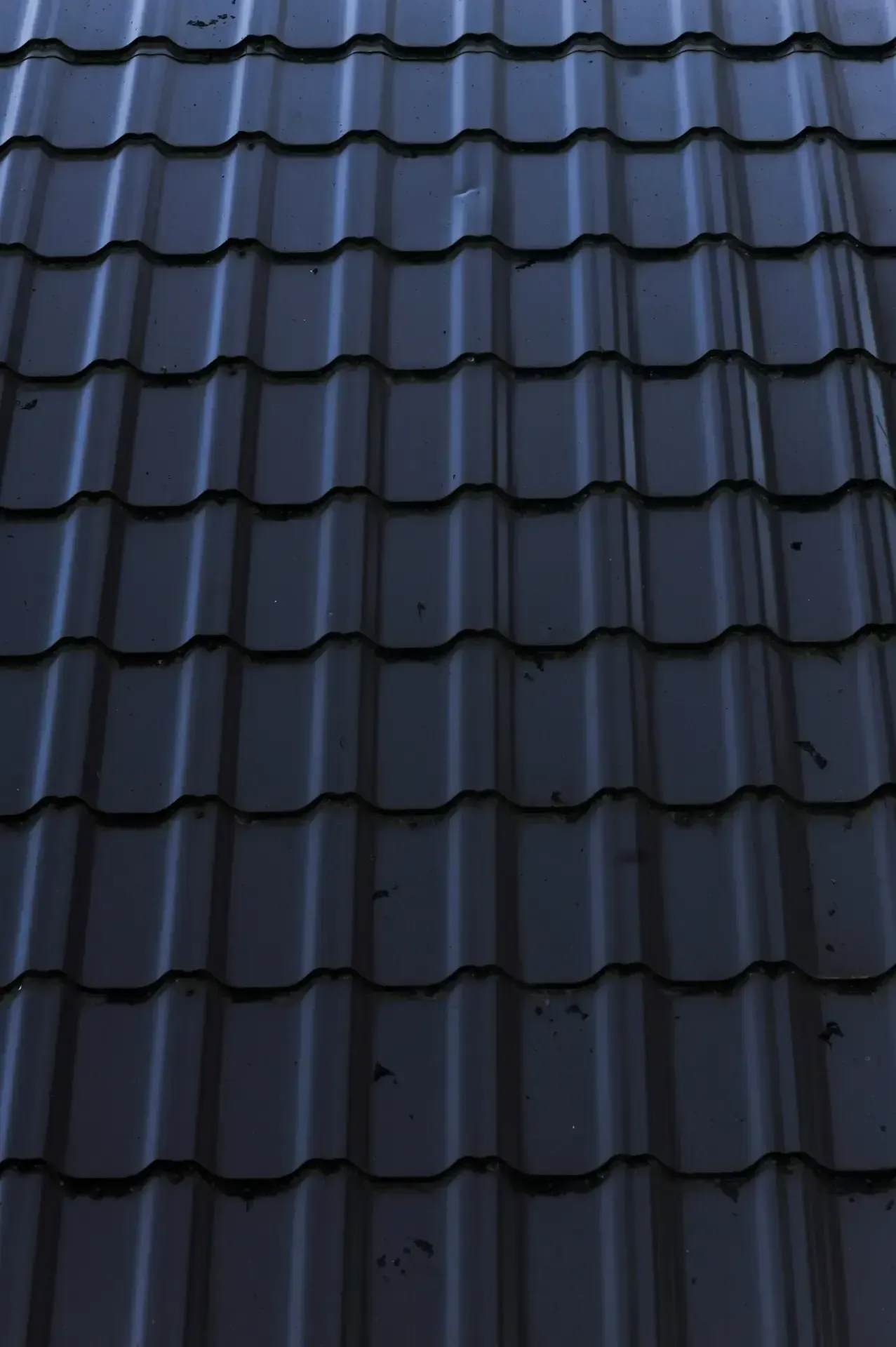
Roofing contractors are crucial in safeguarding homes from infiltration and weather damage. However, even experienced professionals can make mistakes that compromise a roof’s integrity. Common errors include improper flashing installation, neglecting the eaves, and failing to account for slope variations.
This article will explore ten common pitfalls in roofing services and how to avoid them. By understanding these potential issues, homeowners can better communicate with their roofing company and ensure a high-quality, long-lasting roof installation.
Key Takeaways
- Proper nail length is crucial for roof stability and longevity
- Correct roof slope is essential for effective water drainage and material selection
- New flashing is vital for preventing leaks and protecting the roof’s integrity
- Underlayment installation is critical for safeguarding against water infiltration and regulating temperature
- Hiring insured roofing contractors protects homeowners from financial and legal risks
Using Roofing Nails That Are Too Short
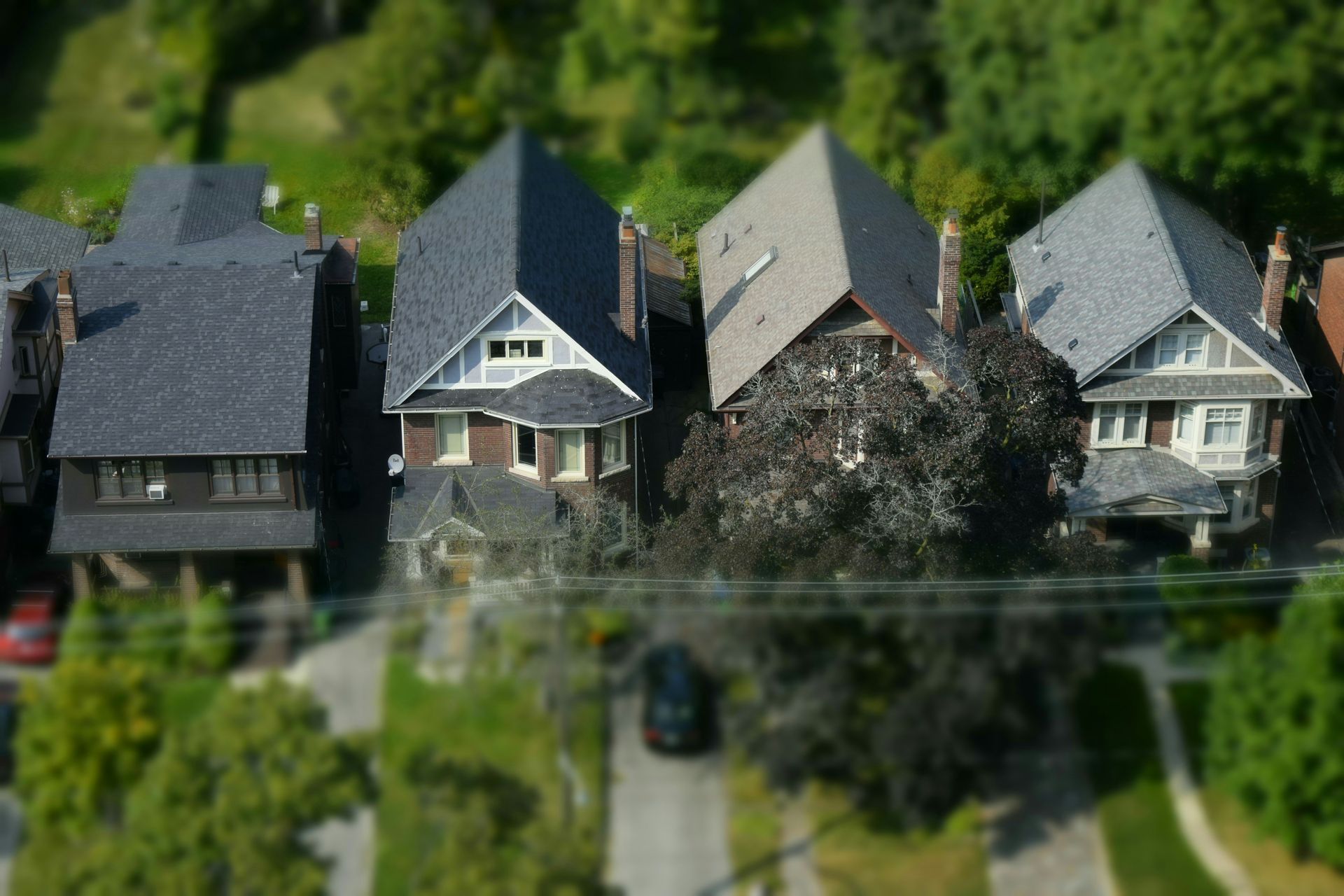
Choosing the right nail length stands as a critical factor in roof repairs, especially after storms or water damage. Many homeowners overlook this detail, leading to potential issues with their roofs, chimneys, and overall home stability. Short nails fail to provide adequate anchoring, compromising the roof’s ability to withstand harsh weather conditions. This common mistake often results in frequent repairs and increased vulnerability to leaks, a topic frequently addressed in roofing FAQs.
Importance of Using the Correct Nail Length
The length of nails used in roof repair is carefully determined by the expertise of a general contractor. Selecting nails of the proper length is essential for securely fastening roofing materials, which helps prevent costly future repairs. This precise nail length choice plays a crucial role in ensuring the durability and longevity of the roof, making it a key factor in any roof repair project.
Consequences of Using Nails That Are Too Short on Roof Stability
Using nails that are too short can severely compromise the stability of the roof. When roofing nails are not long enough, they fail to properly secure the shingles, leading to issues like lifting or detachment during high winds or severe weather. This can undermine the roof’s integrity, increase the risk of water infiltration, and potentially require premature roof replacement. Ensuring the correct nail length contributes to a strong, long-lasting roof structure, safeguards the building and its occupants, and helps avoid potential liability insurance claims.
Not Accounting for Slope
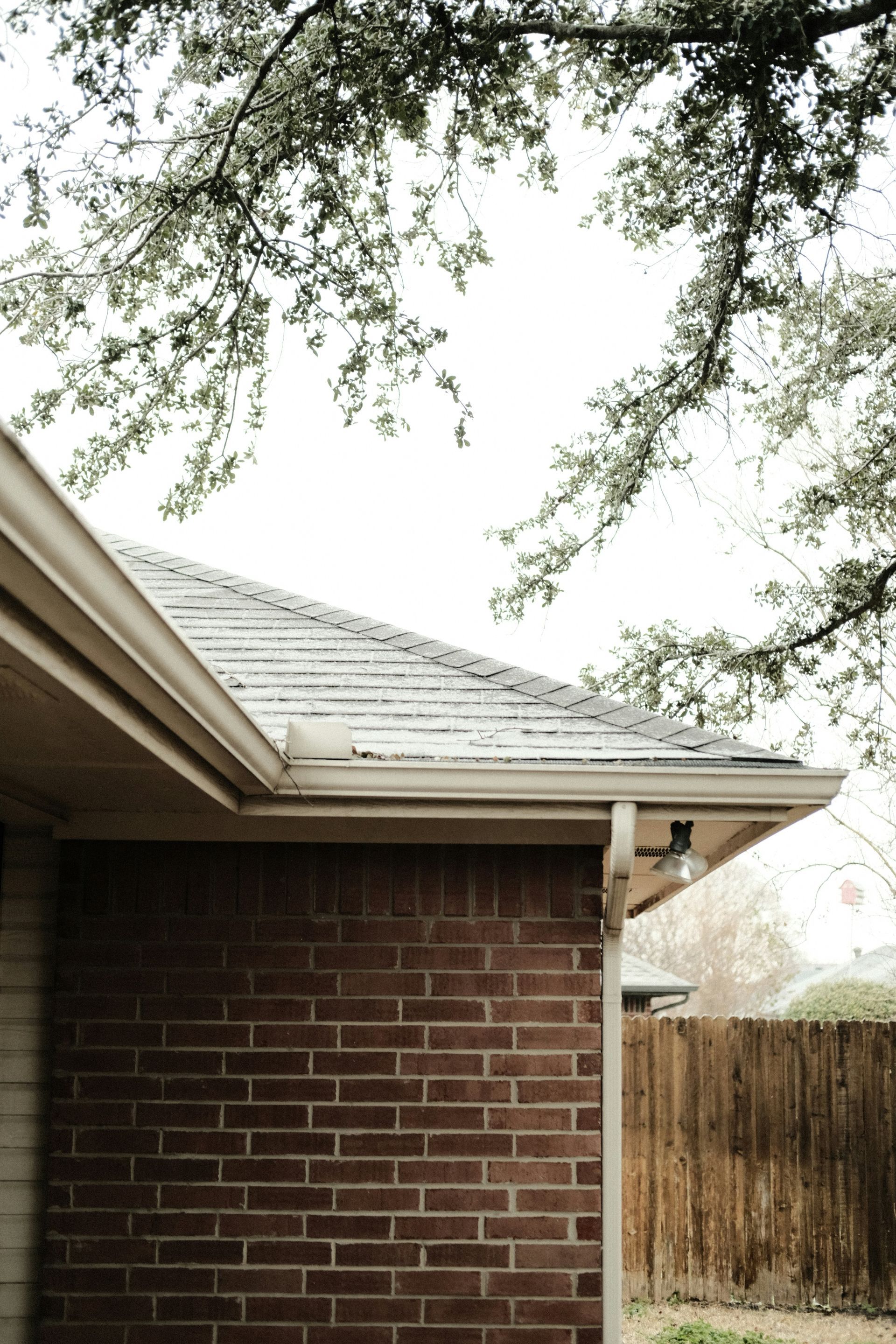
Neglecting to account for roof slope can lead to significant issues in residential roofing projects. This oversight poses a substantial risk to the integrity and functionality of the roof. Effective communication between homeowners and roofing services providers ensures proper slope considerations are incorporated into the roofing project. Understanding the role of slope in roof design and avoiding common mistakes related to slope requirements are essential for a successful and long-lasting roofing installation.
The Role of Slope in Roof Design
Roof slope plays a crucial role in commercial roofing design, demanding careful attention from contractors and property owners alike. This essential aspect affects water drainage, material selection, and overall roof performance, making it a significant investment consideration. Failure to account for proper slope can lead to water pooling, structural damage, and potential voiding of insurance policies, highlighting the importance of addressing slope requirements in every roofing contract.
- Influences water drainage efficiency
- Determines suitable roofing materials
- Affects long-term roof performance
- Impacts maintenance requirements
- Ensures compliance with building codes
Mistakes Made When Ignoring Slope Requirements
Ignoring slope requirements in roofing services can lead to severe consequences, especially during severe weather conditions. Inadequate slope on a flat roof may result in water pooling, ice dams, and potential leaks, voiding the warranty and compromising the structure’s integrity. Roofing contractors who disregard proper slope guidelines risk damaging their reputation and facing costly repairs or replacements down the line.
Recycling Flashing
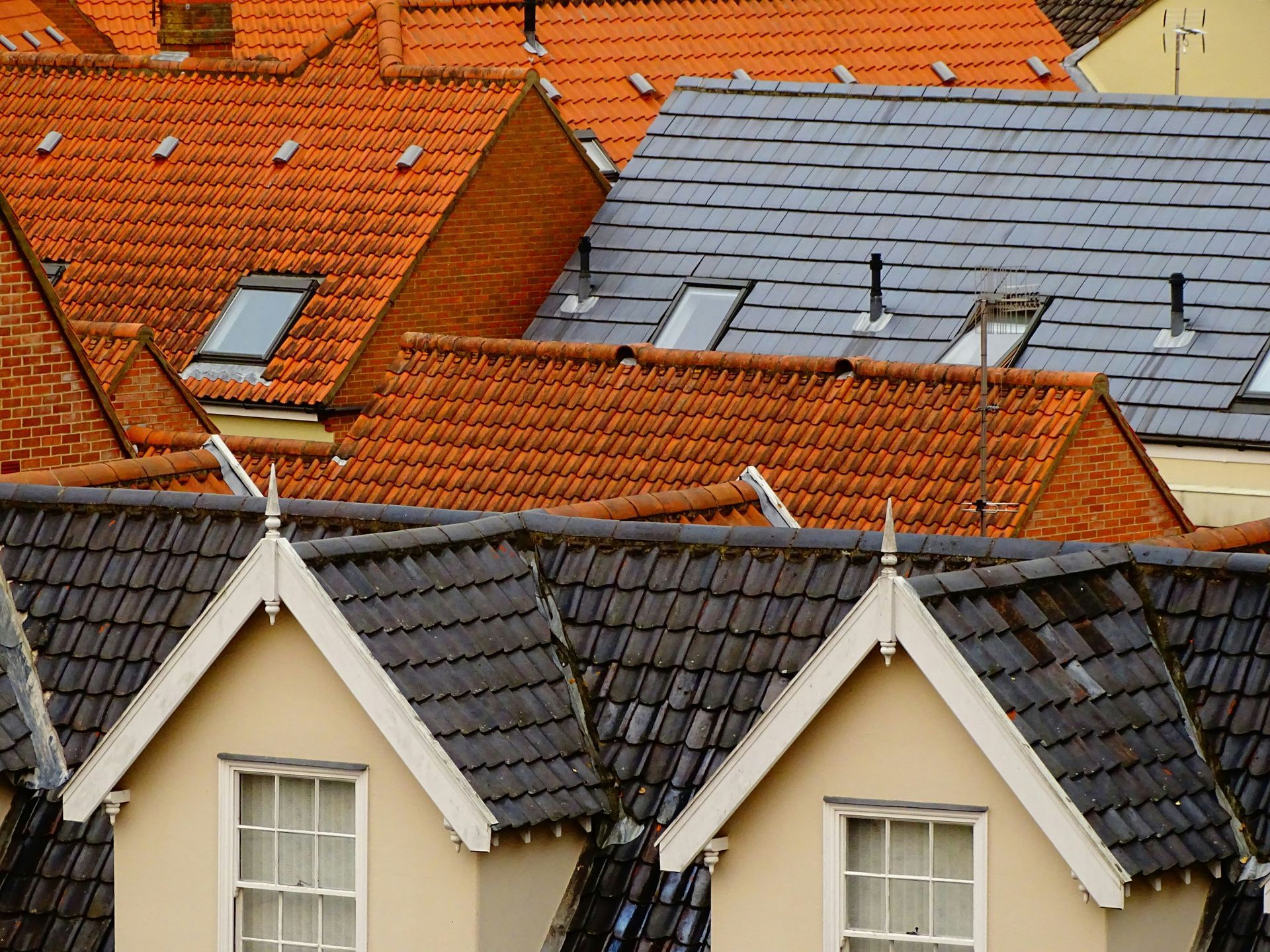
Recycling flashing, a common mistake in roofing services, can have serious consequences for homeowners and commercial properties in Atlanta. This practice often attempted to cut costs, poses significant risks to the roof’s integrity and the building’s overall protection. Professional roofing companies strongly advise against reusing old flashing, as it can compromise the attic’s safety and increase the likelihood of leaks. Understanding the importance of new flashing in leak prevention is crucial for maintaining a robust and durable roofing system, especially in areas prone to severe weather conditions.
Risks of Reusing Old Flashing
Reusing old flashing in roofing projects poses significant risks that local roofing experts strongly advise against. Professional roofing companies warn that recycled flashing may fail to protect against water infiltration, especially during heavy snow or rainfall, potentially leading to costly repairs and increased insurance claims. While some homeowners might view it as a cost-saving measure, the long-term expense of fixing damage caused by faulty flashing far outweighs any initial savings.
Why New Flashing Is Crucial for Leak Prevention
New flashing plays a vital role in preventing leaks during roof installation, requiring experience and expertise to implement correctly. It protects against rain infiltration and helps regulate heat and ventilation in the attic space. Properly installed flashing ensures the longevity of the roof system, minimizing the risk of water damage and maintaining the structural integrity of the building.
Exposed Roofing Nails
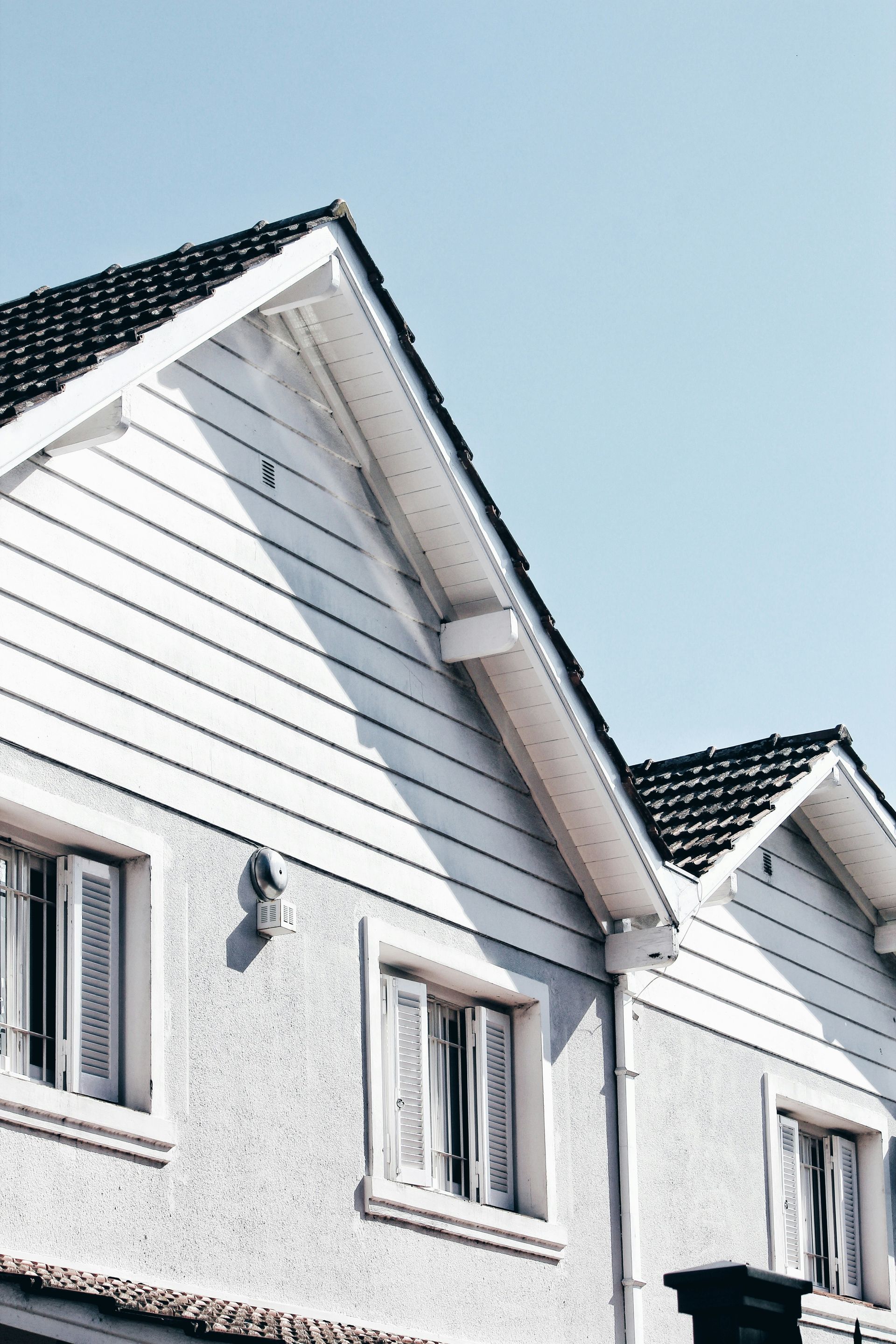
Exposed roofing nails pose a significant threat to the integrity of any roof, whether it’s slate or other materials. A skilled roofer understands the importance of proper nail placement to prevent moisture infiltration and wind damage. Incorrect nail use can lead to accidents, compromising the roof’s ability to protect against the elements. This section explores the dangers of exposed nails and the correct techniques for nail installation, ensuring a durable and weather-resistant roofing system.
How Exposed Nails Lead to Roof Damage
Exposed roofing nails create vulnerable points in the roof’s protective barrier, allowing water to penetrate and cause extensive damage. A local roofing contractor understands that proper nail placement is crucial, especially considering the roof pitch and its impact on water flow. Exposed nails can lead to rust, expanding holes, and compromising the roof’s structural integrity, potentially resulting in costly water damage and the need for extensive repairs or replacement.
Correct Nail Use and Placement
Roofing contractors must adhere to building codes when placing nails on asphalt shingles to ensure proper roof deck protection. Correct nail placement involves driving nails straight and flush with the shingle surface, avoiding overdriving or underdriving, which can compromise the roof’s integrity and lead to leaks. Proper nail use also considers factors such as roof pitch, local climate, and potential impact on underlying plumbing systems, ensuring a durable and weather-resistant roofing installation.
Not Installing a Drip Edge

Neglecting to install a drip edge during roofing projects can lead to significant problems, particularly in harsh climates. This crucial component protects the roof’s edge from water damage, prevents leaks, and maintains structural integrity. Roofs become susceptible to various issues, including adhesive failure and premature deterioration without a properly installed drip edge. Understanding the functions of a drip edge and the potential consequences of its omission is essential for homeowners and roofing professionals alike, especially when considering factors such as daylighting and local weather patterns.
Functions of a Drip Edge in Roofing
Extensive research has shown that a drip edge serves crucial functions in roofing systems. This metal component directs water away from the fascia and into the gutters, preventing moisture damage and enhancing energy efficiency. The drip edge protects the roof’s structural integrity and extends its lifespan by guiding water flow.
Potential Issues From Omitting a Drip Edge
Omitting a drip edge can lead to serious issues in roofing systems. Water may seep behind the fascia board, causing rot and damage to the roof’s structure. This oversight often results in premature deterioration of roofing materials, increased risk of leaks, and potential voiding of manufacturer warranties.
Omitting Underlayment
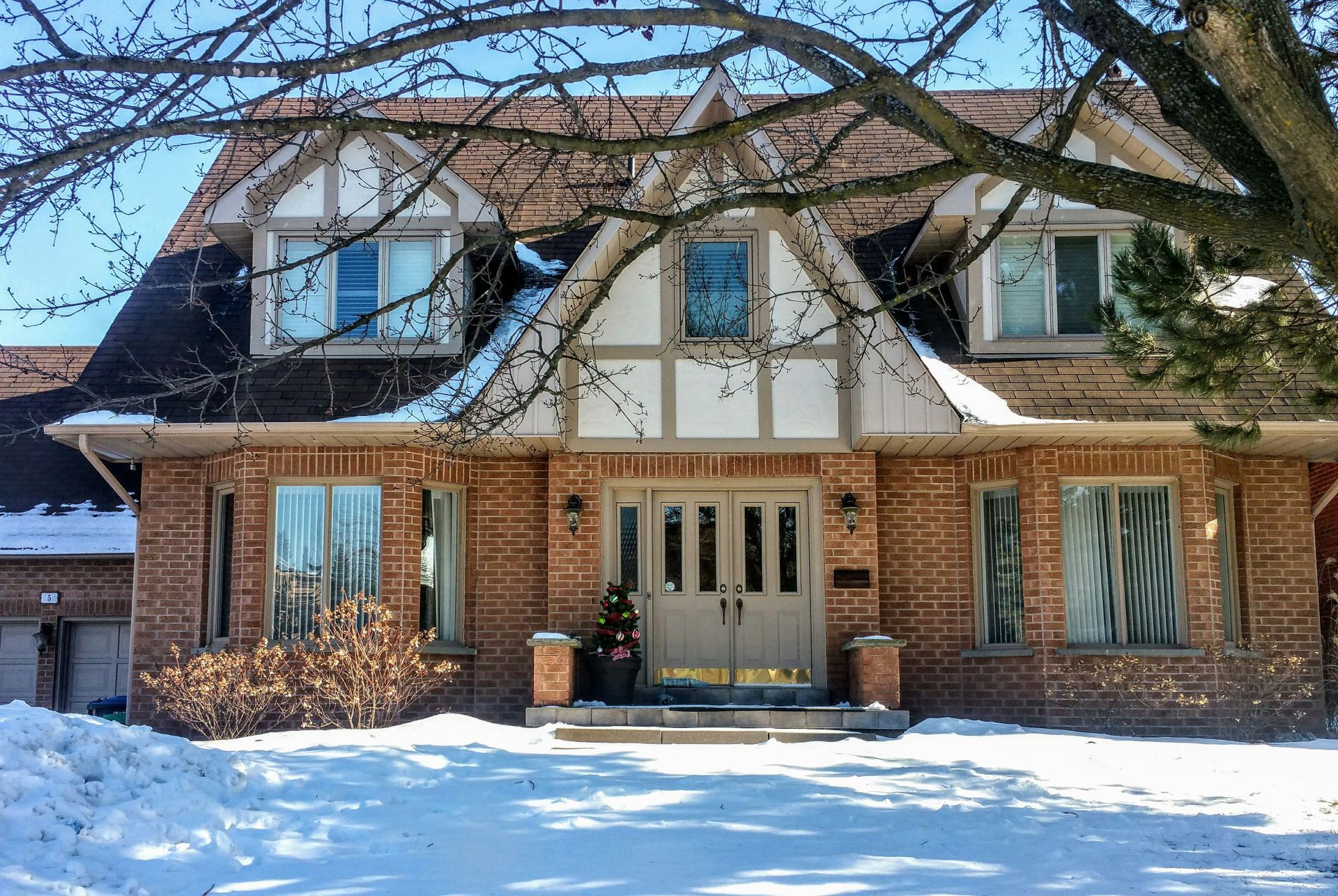
Skipping underlayment installation is a critical error in roofing services that can lead to severe consequences for homeowners. This protective layer beneath the shingles is vital in safeguarding the roof structure from water infiltration and other environmental factors. Roofing professionals emphasize the importance of proper underlayment application to ensure long-term roof durability and performance. Understanding the essential functions of underlayment and the potential risks associated with its omission is crucial for anyone involved in roofing projects or maintenance.
Underlayment’s Role in Weatherproofing
Underlayment acts as a crucial weatherproofing barrier in roofing systems. It provides additional protection against water infiltration, particularly during heavy rain or snow. This essential component also helps regulate temperature and moisture levels in the attic space, contributing to the overall energy efficiency of the building:
| Underlayment Function | Benefit |
|---|---|
| Water Barrier | Prevents leaks and moisture damage |
| Temperature Regulation | Improves energy efficiency |
| Moisture Control | Reduces risk of mold and rot |
Long-Term Damage From Skipping Underlayment
Skipping underlayment can lead to severe long-term damage to a roof. Without this protective layer, moisture can seep into the roof deck, causing rot, mold growth, and structural weakening. Over time, this damage can spread to other parts of the house, potentially resulting in costly repairs or even premature roof replacement.
Disregarding Manufacturer Instructions
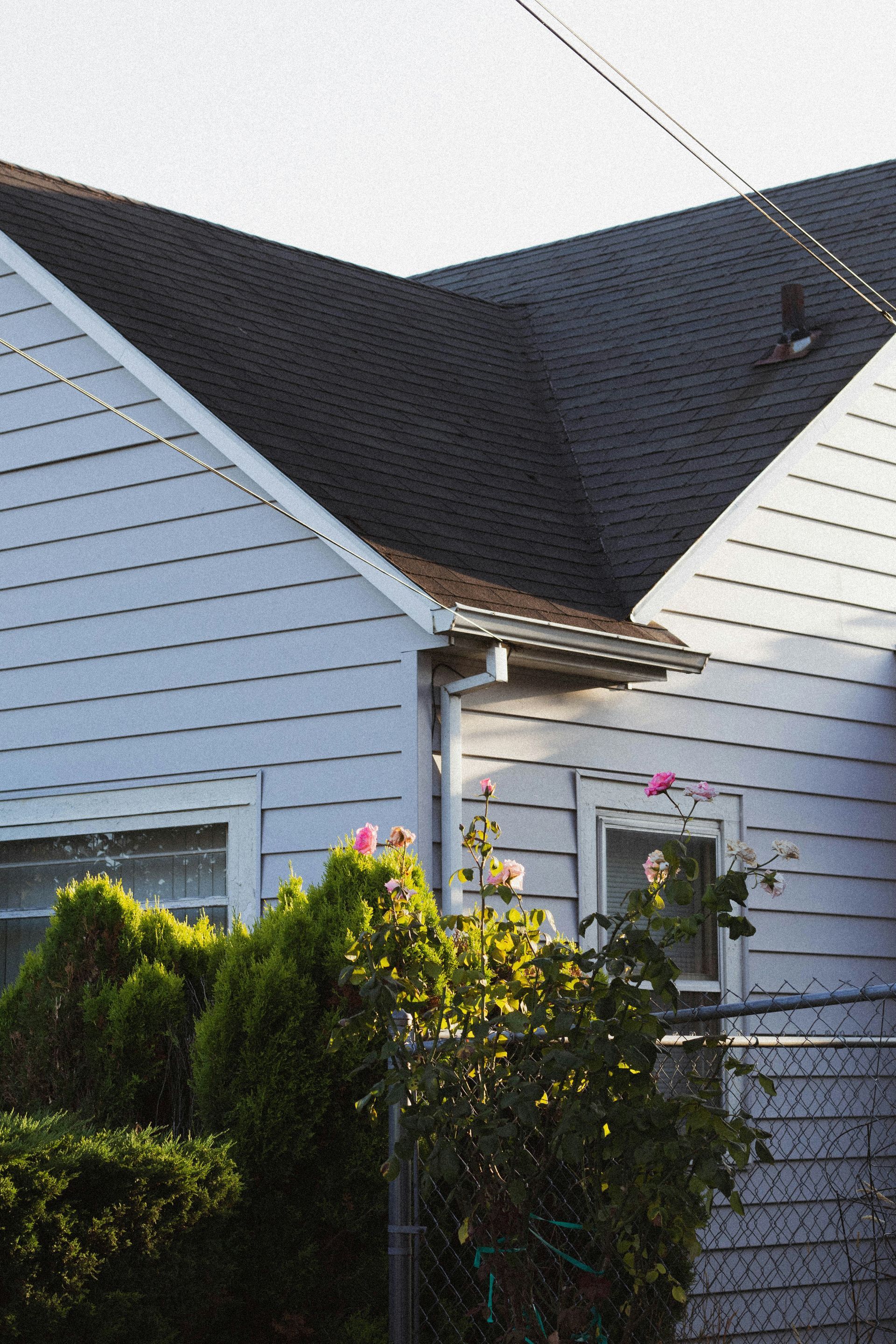
Ignoring manufacturer instructions during roofing projects can lead to serious issues that compromise the integrity and longevity of the roof. Roofing professionals stress the importance of adhering to these guidelines to ensure proper material use and installation techniques. Failure to follow manufacturer recommendations affects the roof’s performance and may void warranties, leaving homeowners vulnerable to costly repairs and replacements. Understanding the significance of these instructions and the potential consequences of disregarding them is crucial for both contractors and property owners.
Importance of Following Guidelines for Material Use
Following manufacturer guidelines for material use ensures optimal roof performance and longevity. These instructions provide crucial information on proper installation techniques, compatibility with other roofing components, and maintenance requirements. Adhering to these guidelines helps prevent common issues such as premature wear, leaks, and structural damage, while also maintaining warranty coverage:
| Guideline Aspect | Benefit |
|---|---|
| Installation Techniques | Ensures proper roof assembly |
| Material Compatibility | Prevents adverse reactions between components |
| Maintenance Instructions | Extends roof lifespan |
| Warranty Compliance | Protects against unexpected repair costs |
Warranty and Performance Issues Due to Improper Installation
Improper installation due to disregarding manufacturer instructions often leads to warranty and performance issues. Roofing materials may fail prematurely, causing leaks, structural damage, and reduced energy efficiency. Manufacturers typically void warranties when their guidelines are not followed, leaving property owners responsible for costly repairs or replacements:
| Issue | Consequence |
|---|---|
| Premature Material Failure | Reduced roof lifespan |
| Warranty invalidatin | Increased repair costs |
| Performance Degradation | Decreased energy efficiency |
| Structural Damage | Compromised building integrity |
Sagging Roof Gutters
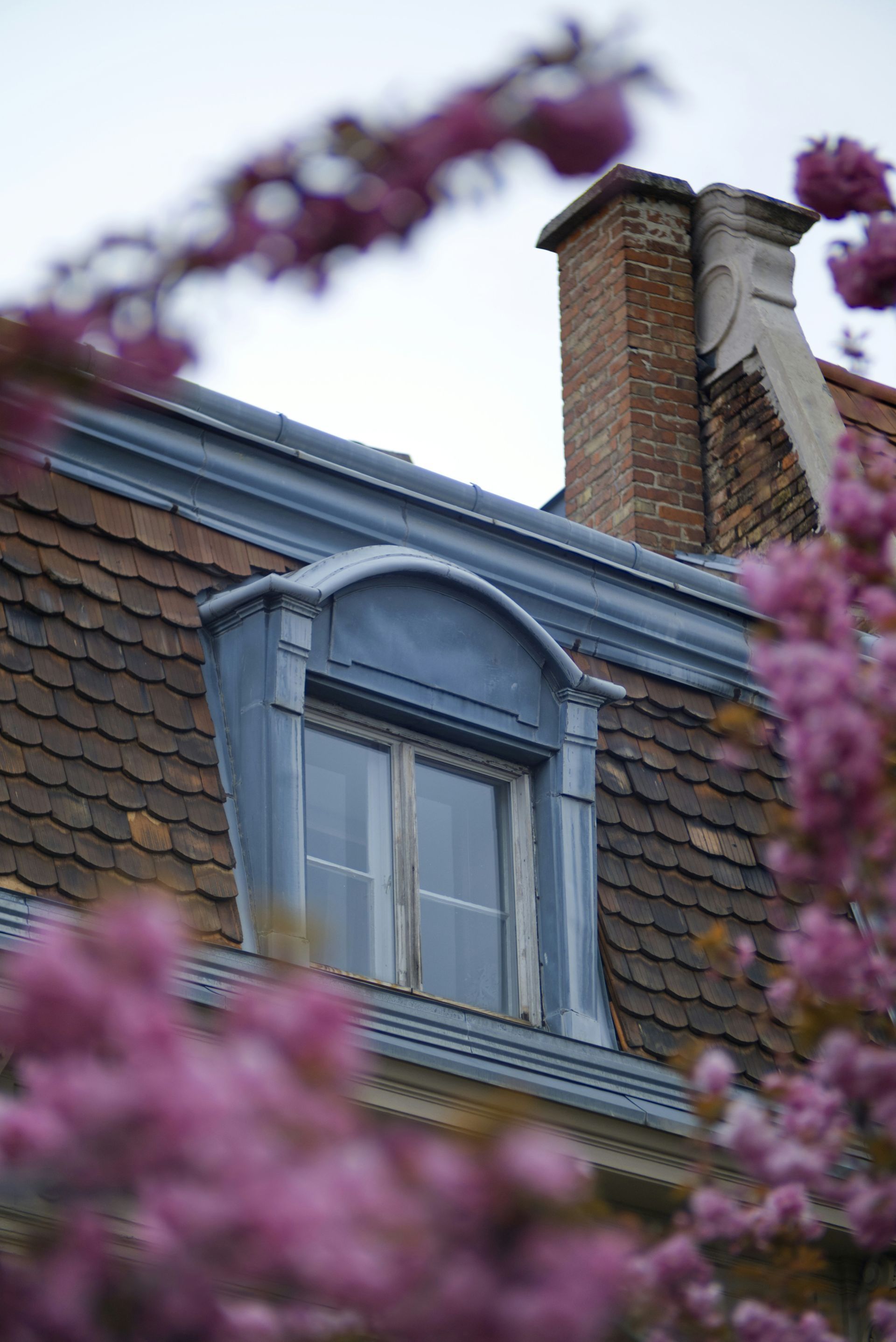
Sagging roof gutters significantly threaten a home’s structural integrity and aesthetic appeal. Often overlooked in roofing services, this common issue can lead to water damage, foundation problems, and compromised curb appeal. Understanding the causes behind gutter sagging and implementing effective preventative measures is crucial for maintaining a robust roofing system. Homeowners and roofing professionals must address this problem promptly to avoid costly repairs and ensure the longevity of the entire roofing structure.
Causes and Effects of Sagging Gutters
Sagging gutters often result from improper installation, accumulated debris, or damage from harsh weather conditions. These issues can lead to water overflow, fascia board rot, and foundation problems. Neglecting sagging gutters may cause severe water damage to the home’s exterior and interior, compromising its structural integrity and reducing its overall value:
- Improper installation causes uneven water distribution
- Debris accumulation adds excess weight to gutters
- Harsh weather can damage gutter attachments
- Water overflow leads to foundation issues
- Fascia board rot weakens roof structure
Preventative Measures for Gutter Maintenance
Regular gutter maintenance prevents sagging and ensures proper water drainage. Homeowners should clean gutters twice a year, inspect for damage, and tighten loose fasteners. Installing gutter guards reduces debris accumulation and minimizes the need for frequent cleaning, while proper slope adjustment ensures efficient water flow away from the home’s foundation.
Failure to Install Starter Shingles/Strips
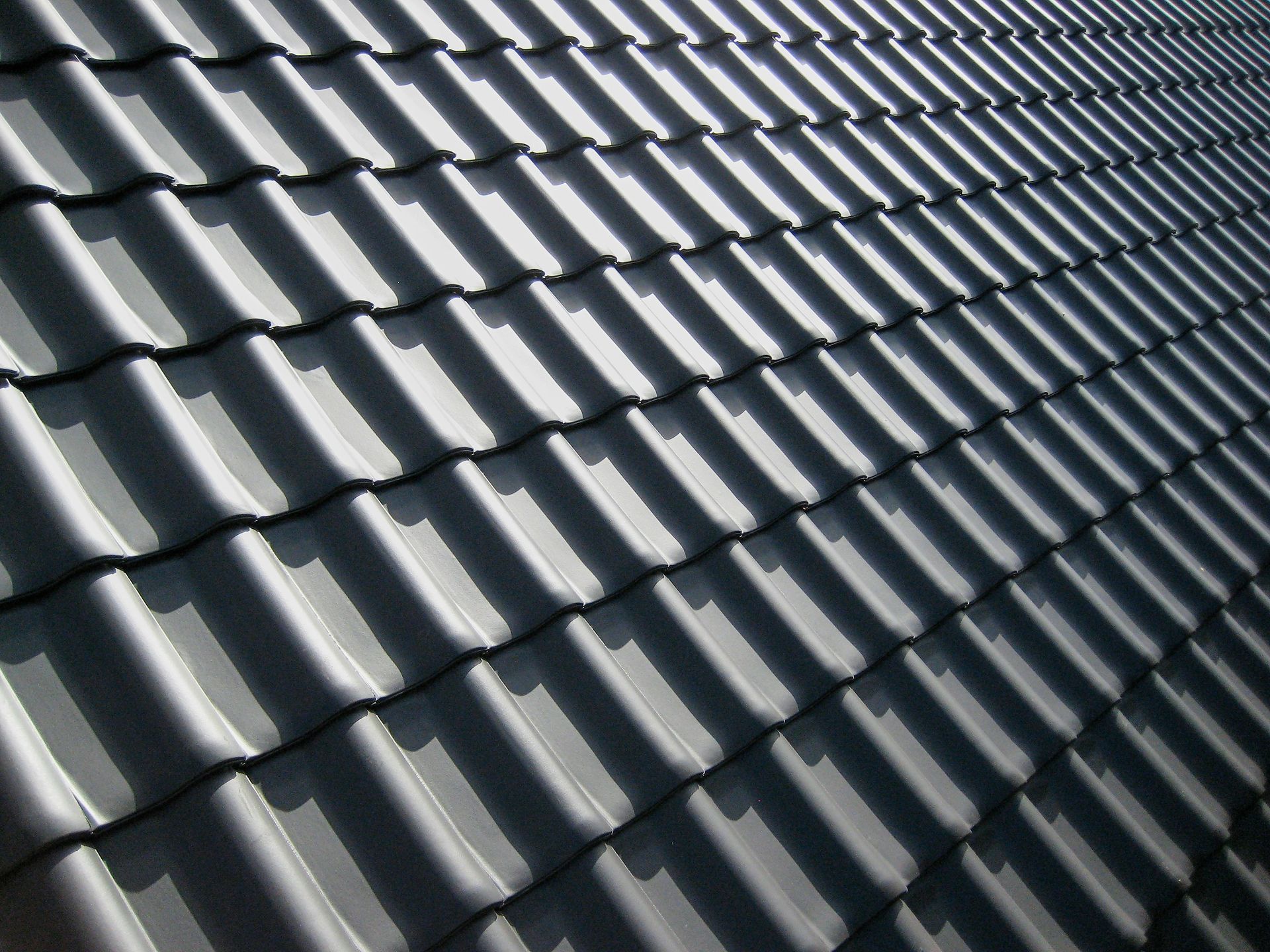
Neglecting to install starter shingles or strips is a critical oversight in roofing projects that can compromise the entire roof system. This fundamental component protects the roof’s edge from wind uplift and water infiltration. Without proper starter shingles, the roof becomes vulnerable to various issues, including premature wear, leaks, and potential structural damage. Understanding the importance of starter shingles and avoiding common installation errors is crucial for ensuring a durable and weather-resistant roof.
Purpose of Starter Shingles in Roofing
Starter shingles are crucial in roofing systems, providing essential protection and stability. These specialized shingles create a watertight seal along the roof’s edges, preventing wind-driven rain from penetrating beneath the first row of regular shingles. Additionally, starter shingles offer increased wind resistance, reducing the risk of shingle blow-off during severe weather conditions:
- Creates a watertight seal at roof edges
- Prevents wind-driven rain infiltration
- Enhances wind resistance for regular shingles
- Reduces risk of shingle blow-off
- Ensures proper alignment of subsequent shingle rows
Common Installation Errors With Starter Shingles
Common installation errors with starter shingles can compromise roof integrity. Roofers sometimes install starter shingles upside down, reducing their effectiveness against wind uplift. Improper alignment or inadequate fastening can lead to gaps and potential water infiltration. Neglecting to overhang starter shingles at the eaves and rakes may result in insufficient drip edge protection:
| Error | Consequence |
|---|---|
| Upside-down installation | Reduced wind uplift resistance |
| Misalignment | Gaps and potential leaks |
| Inadequate fastening | Candice |
| Insufficient overhang | Poor drip edge protection |
Not Having Roof Contractor Insurance
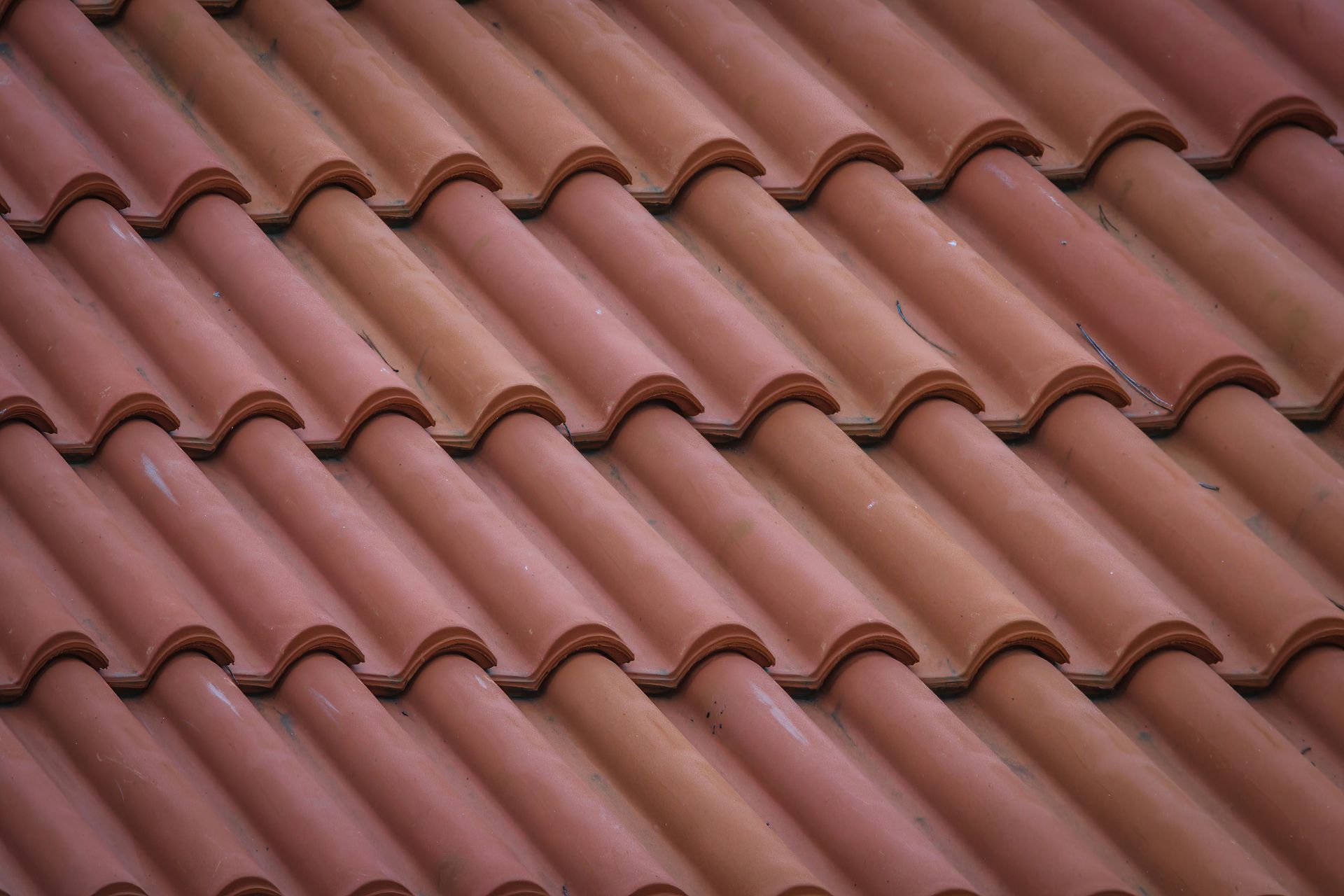
Hiring a roofing contractor without proper insurance exposes homeowners to significant financial and legal risks. This oversight can lead to costly consequences in case of accidents or property damage during the roofing project. Understanding the potential dangers of working with uninsured contractors and recognizing the advantages of choosing insured professionals is crucial for protecting both property and personal liability. Homeowners must prioritize verifying contractor insurance to ensure a safe and secure roofing experience.
Risk of Uninsured Roofing Operations
Uninsured roofing operations pose significant risks to homeowners and property owners. Without proper insurance coverage, clients may face financial liability for accidents, injuries, or property damage that occur during the roofing project. This lack of protection can lead to costly legal battles and unexpected expenses, potentially jeopardizing the homeowner’s financial stability:
- Liability for worker injuries on-site
- Responsibility for property damage during construction
- Potential legal fees from accident-related lawsuits
- No compensation for incomplete or substandard work
- Risk of violating local building codes and regulations
Benefits of Working With an Insured Contractor
Working with an insured roofing contractor provides homeowners with essential protection and peace of mind. Insured contractors offer financial safeguards against potential accidents, property damage, or substandard work, ensuring homeowners are not liable for unforeseen issues. This coverage also demonstrates the contractor’s professionalism and commitment to quality, often resulting in superior workmanship and adherence to industry standards.
Conclusion
Avoiding common pitfalls in roofing services is crucial for ensuring the longevity and integrity of your roof. Each aspect is vital in protecting your home from water damage and structural issues, from using proper nail lengths and accounting for slope to installing essential components like drip edges and underlayment. Following manufacturer guidelines, maintaining gutters, and working with insured contractors further safeguard your investment and prevent costly repairs. By removing these mistakes, homeowners can enjoy a durable, weather-resistant roof that provides reliable protection for years to come.


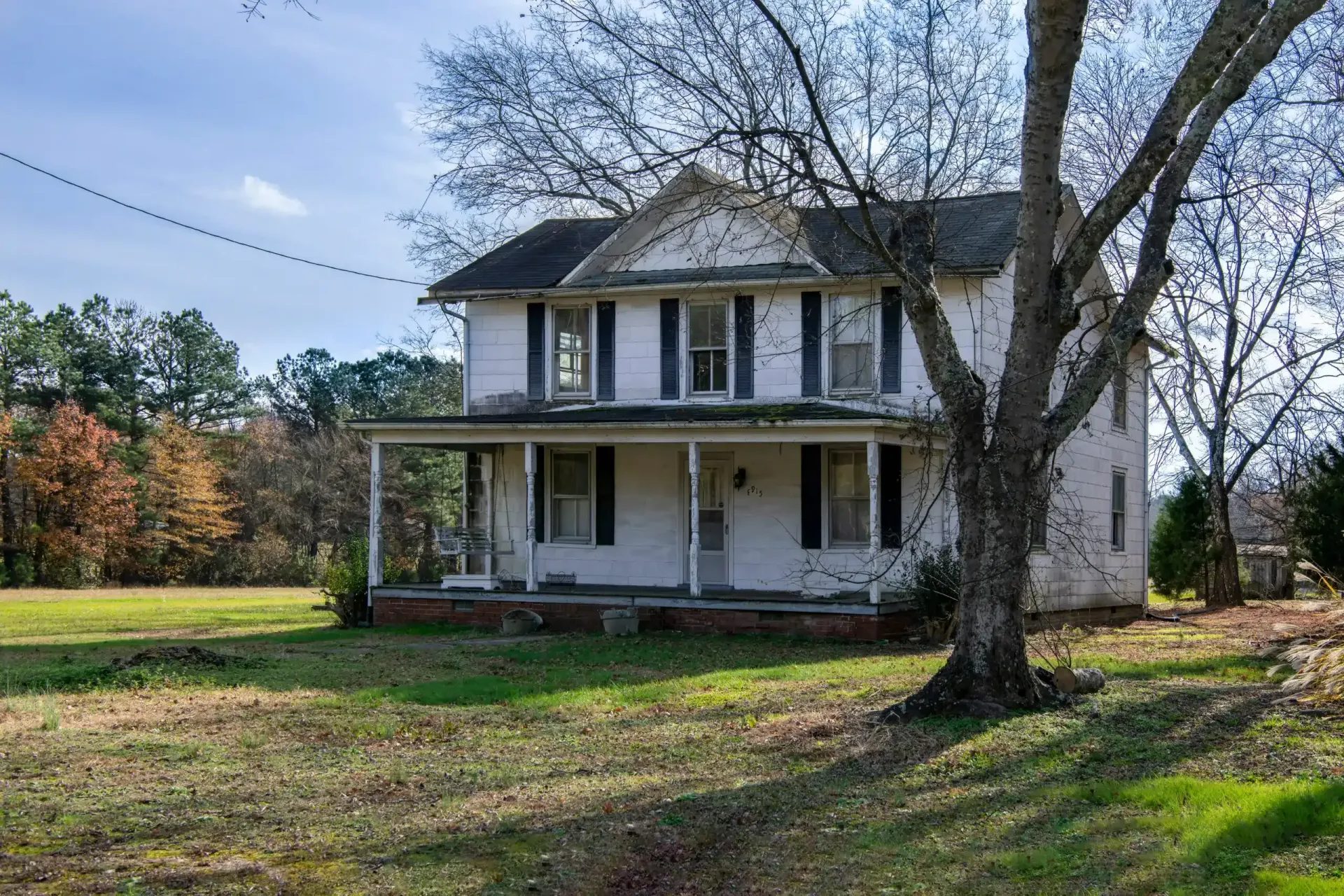
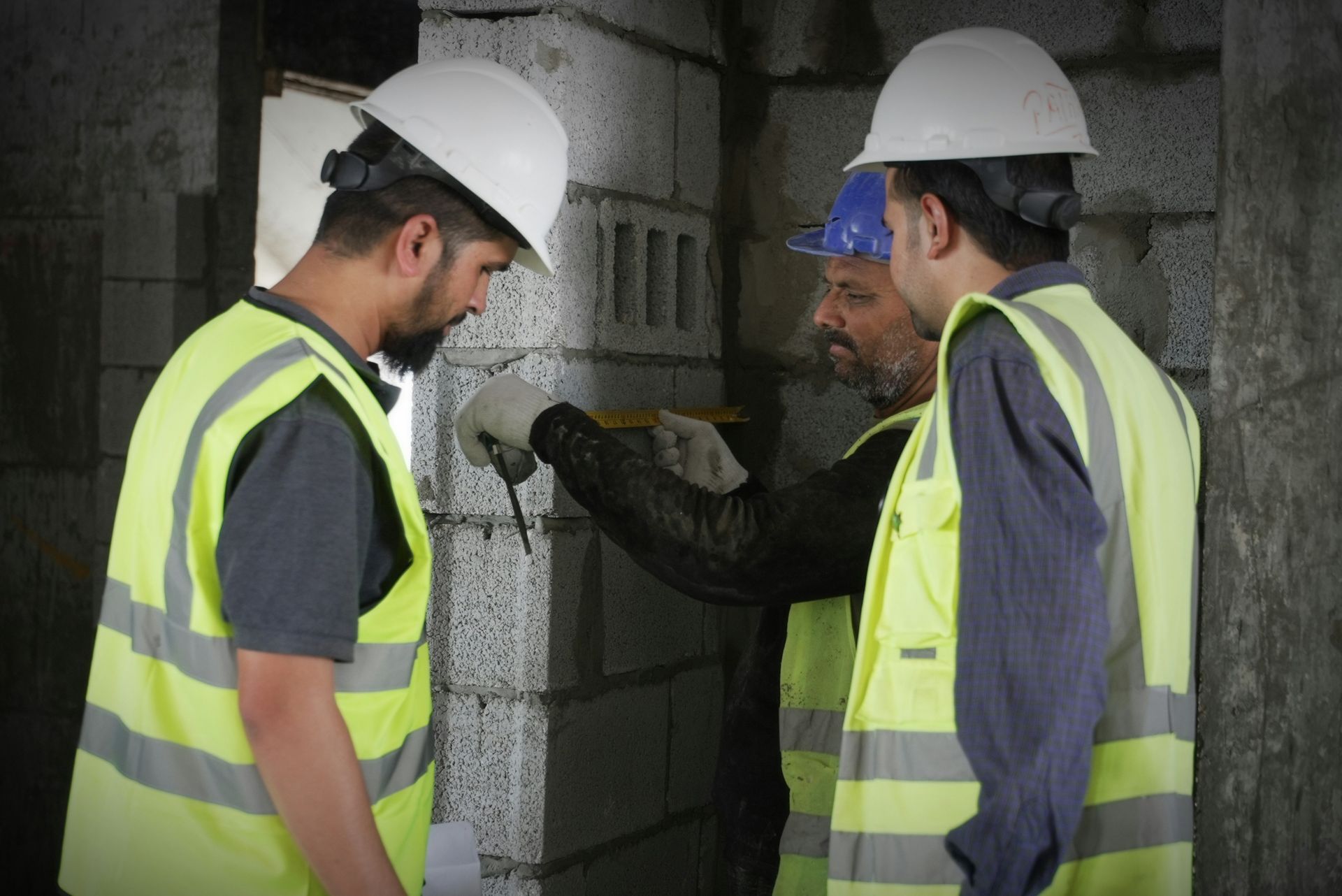
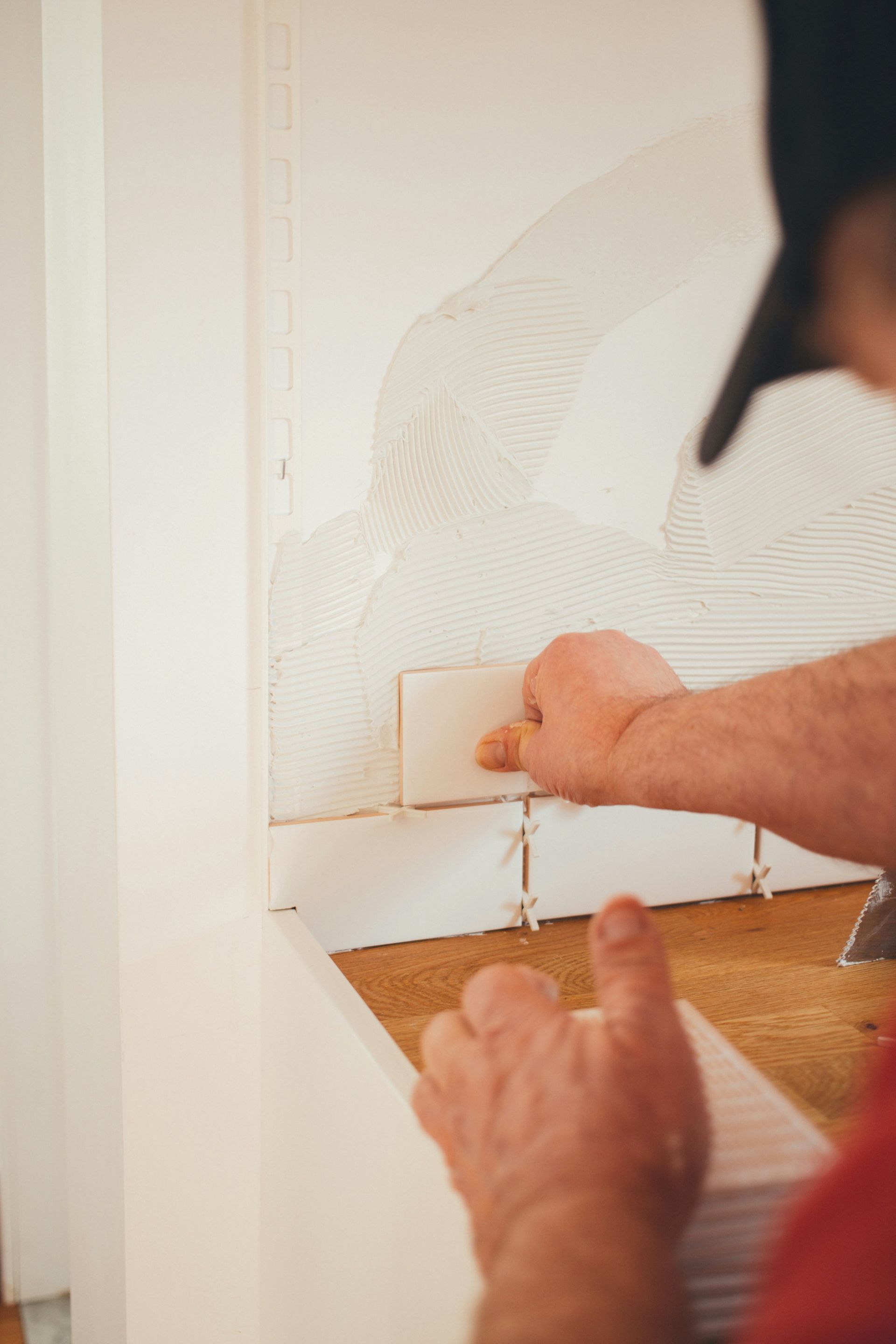

Share On: